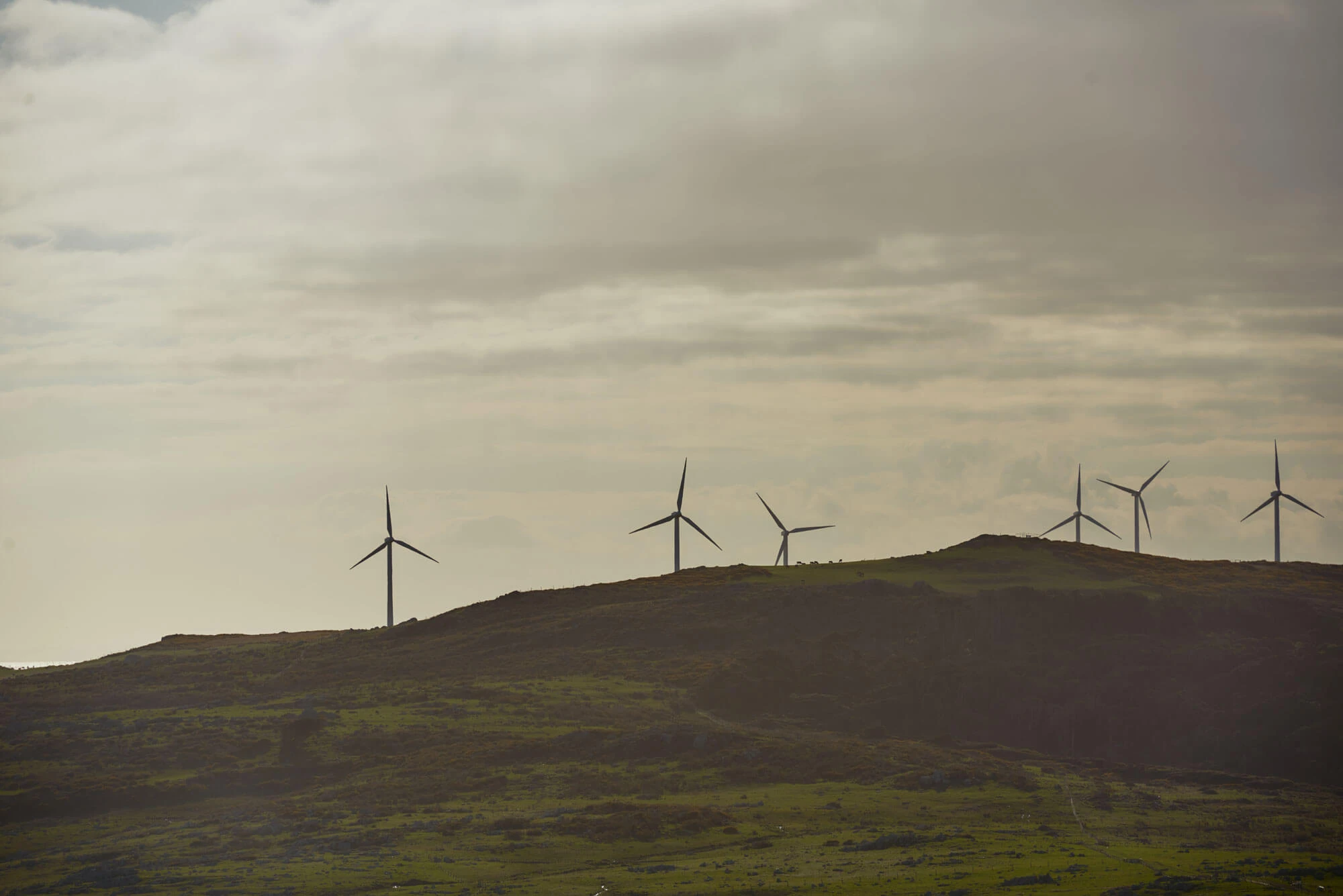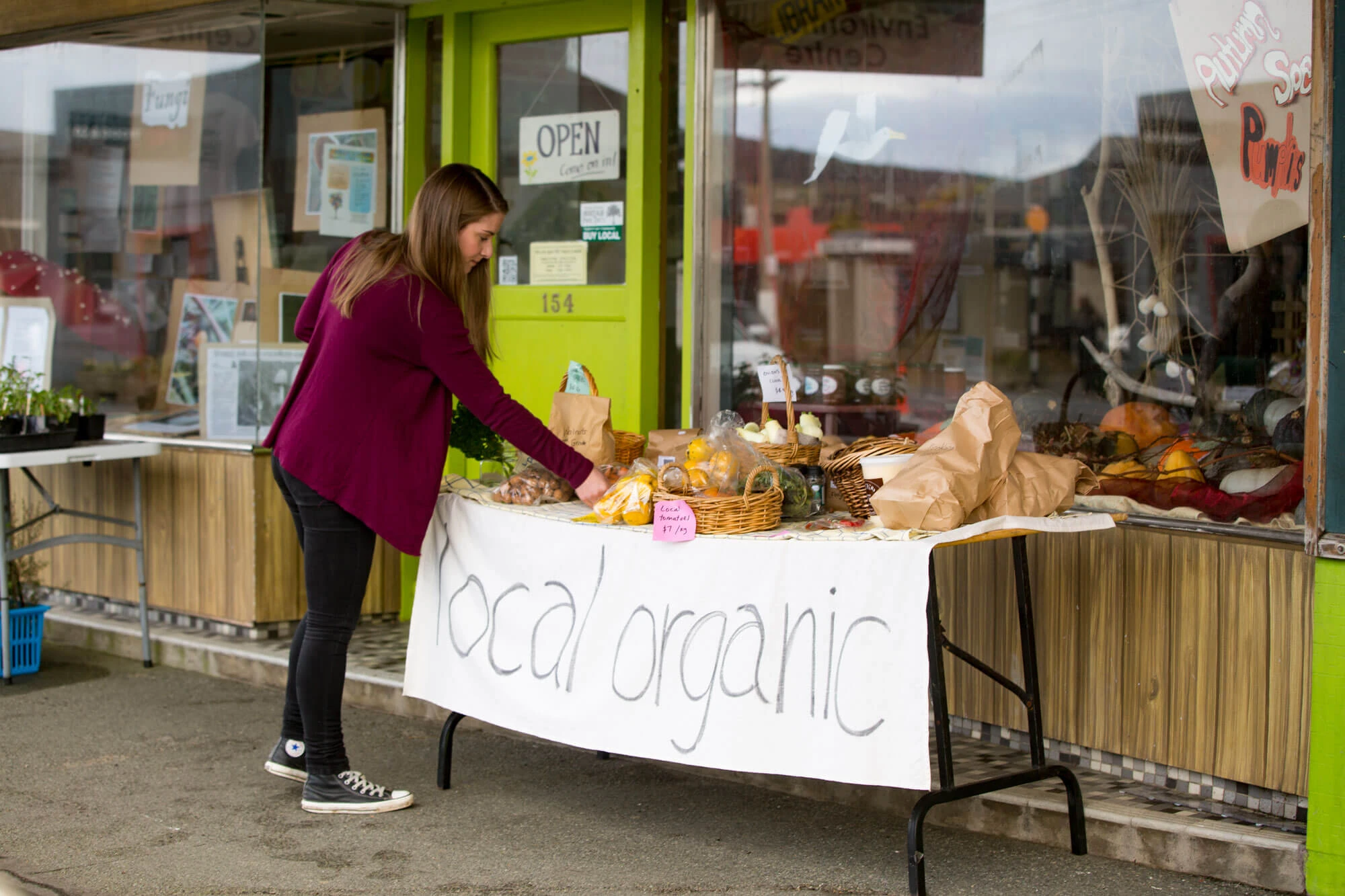Echinacea (Echinacea spp.)
Introduction
Echinacea is a perennial herb that belongs to the daisy family – Asteraceae. Echinacea angustifolia is commonly known as the Narrow Leaved Coneflower and has a tap-root. Echinacea purpurea is known as Purple Coneflower and has a fibrous root system.
The whole plant, but specifically the roots of Echinacea, is highly regarded as a non-specific stimulant of the immune system, an anti-inflammatory and as an aid in wound healing. It is used particularly to increase resistance to infections. Historically, Echinacea was one of the most important plants used medicinally by the North American Indians. Echinacea purpurea grows to a height of approximately 1 to 1.5 metres in height.
There is no particular competitive advantage in growing Echinacea in the southern regions of New Zealand. It is, in fact, perhaps more suited to the warmer regions in areas such as Waikaia or inland Otago.
Growing Echinacea
| Propagation: | From seeds. |
| Yields/ha: |
Roots: 2–3 t/ha for the first year up to 6 t/ha after two years. Leaf: 5–14 t/ha depending on the age of the crop. |
| Time of maturity: | December–March: Tops harvested in the second year.
March–June: Roots are harvested in the second/third year. |
| Soil type: | Rich, well-drained, fertile, free draining loam soil in a sunny location. These plants grow best on lime rich soils. pH 6–8. |
| Fertilisers: | Depend on the nutrient status of the soil to start with. General NPK based fertiliser generally sufficient. |
| Weed control: | Echinacea is slow to germinate, so good weed control is needed to achieve acceptable yields. Weeds also make harvesting of this crop difficult. At present there are no registered chemicals for this crop. |
| Pest/Diseases: | Aphids can be a problem. |
| Harvesting: | Roots are harvested in the autumn. Tops are cut to about 5cm above the ground before plants are lifted using a digger that can work to a depth of 30cm. The roots are cut into 5–10cm long pieces and thoroughly washed. Clean roots are essential to meet quality standards. Choosing a friable soil with relatively low clay content can make a substantial difference to the ease of root washing. |
| Marketing: | The largest market for herbal medicines using Echinacea is in Europe and North America. Because this is such a small crop on the world scene production statistics and buyers are hard to identify. |





